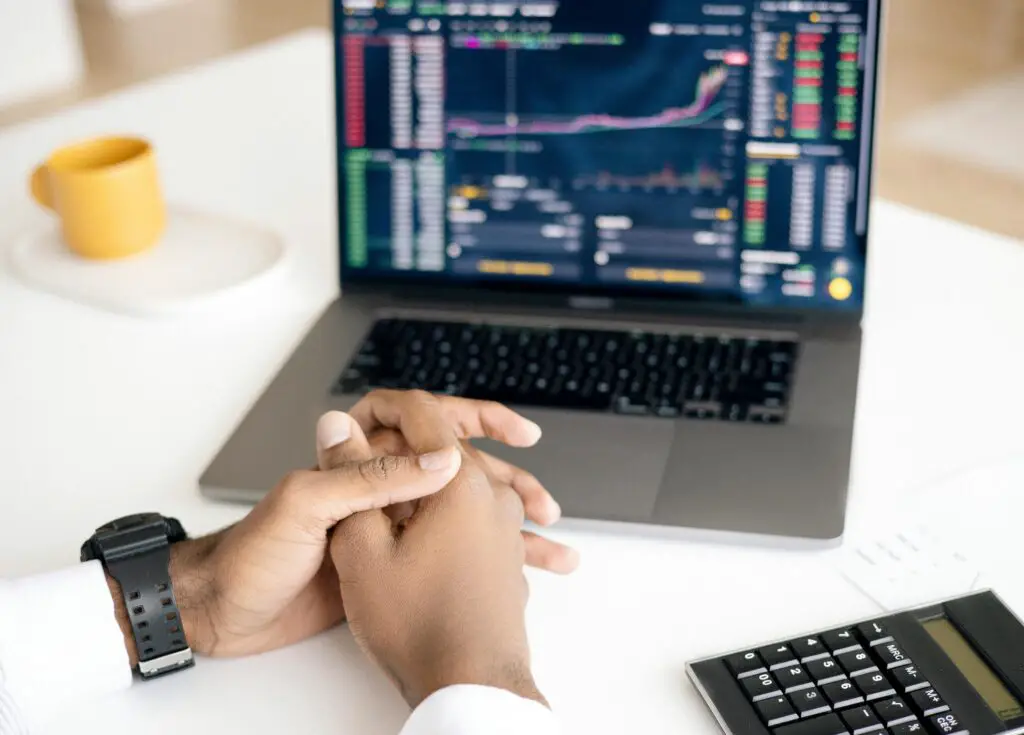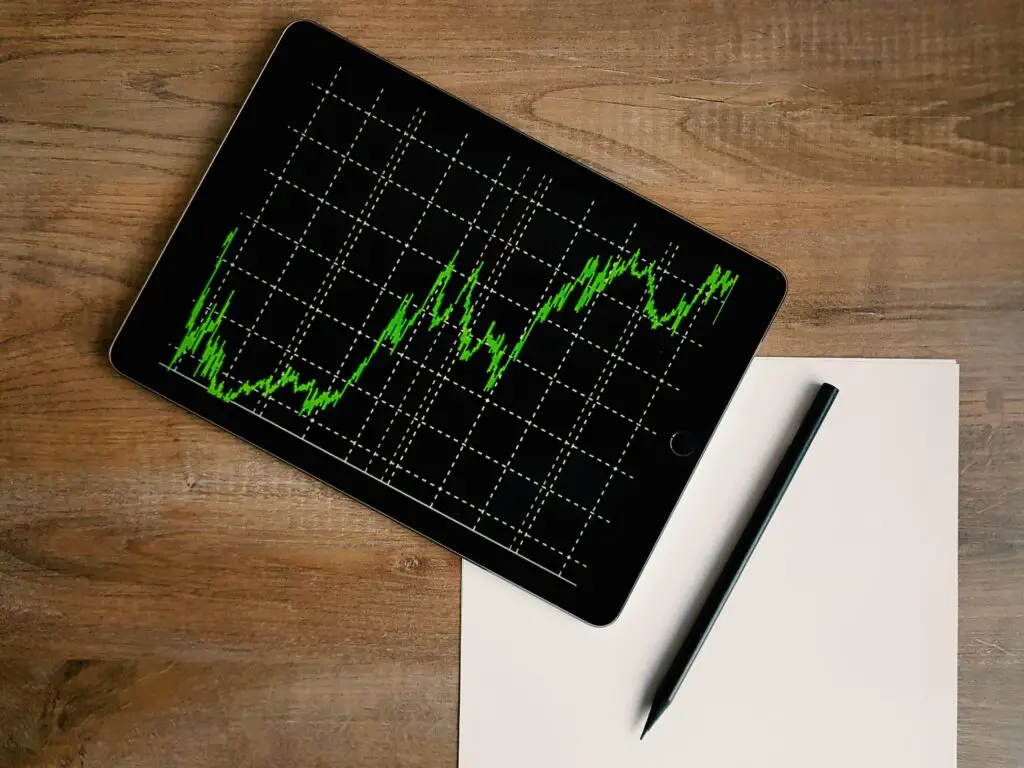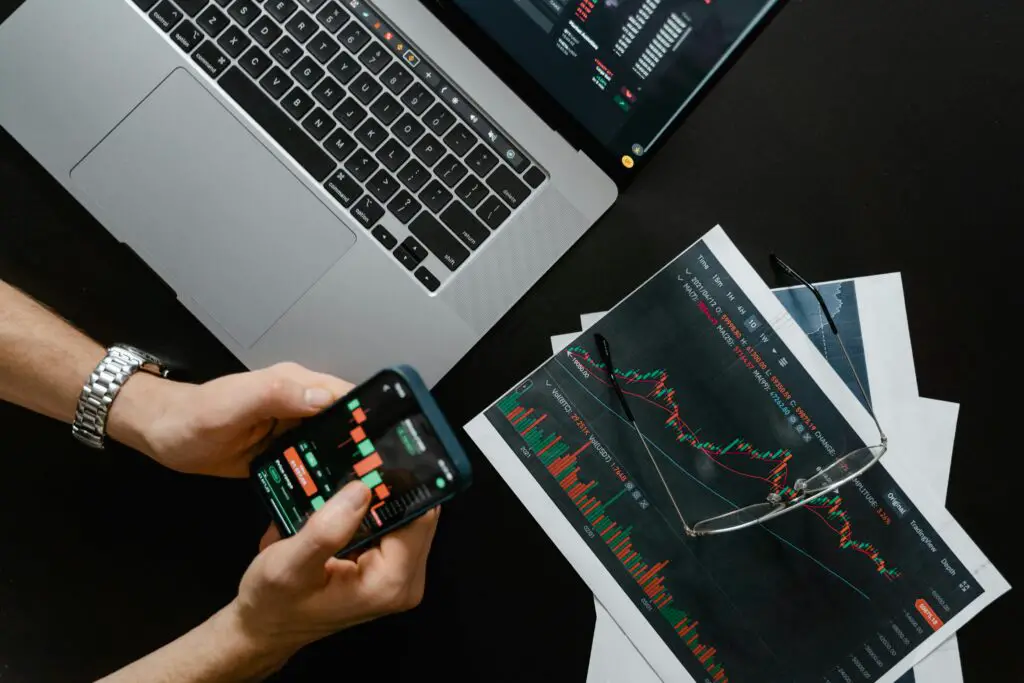Forex trading, or foreign exchange trading, buys and sells coins worldwide. Liquidity is one of the most important things that decides how well a trader does in the forex market. When you trade forex liquidity, you mean currency without changing its value. A currency with high liquidity can be sold quickly and in large amounts without causing significant price changes. Foreign exchange traders need to know about liquidity because it affects their capacity to enter and leave trades and the costs and risks they face.

Just what is liquidity?
The liquidity of an item is how quickly and easily it can be turned into cash without changing its market value. Regarding forex liquidity, buying or selling a currency pair at stable prices is accessible. When many buyers and sellers are in the market, the spread and prices stay the same. On the other hand, when liquidity is low, there are fewer people in the market, spreads are more significant, and prices are more volatile.
Why is it important to have liquidity when trading Forex?
Entry and Exit Ease: When there is a lot of liquidity, traders can quickly enter or exit deals. When liquidity is excellent, traders can buy or sell a large amount of a currency without changing its price significantly. This is especially important for traders who do a lot of business or use methods that must be carried out quickly.
Cost-effectiveness: Transaction prices are affected by liquidity. The bidisk spread is small in markets with much trading activity, meaning joining and leaving trades costs less. Lower transaction costs can make high-frequency trades much more profitable, particularly for high-frequency trades.
Price Stability: Prices stay stable when there is a lot of cash. Prices will likely remain the same when many people buy and sell. When prices are stable, traders can better predict how the market will move and handle their risks.
Risk Management: Exiting a trade quickly can help limit losses when market conditions are poor.
Things that affect the hours of the forex liquidity market:

There is liquidity on the forex market 24 hours a day, but it changes throughout the day. The busiest times for trading are when two extensive sessions overlap: London/New York (8 AM to 12 PM EST) and Tokyo/London (3 AM to 4 AM EST). Many buying happens during these overlaps, making the market more liquid.
Credit card companies and consumers trade many significant pairs, which makes them very liquid.
Economic Events: Announcements about the economy and political events can affect liquidity. When big news pieces, like interest rate decisions by central banks, job reports, and GDP numbers, liquidity can temporarily rise or fall as traders to the new information.
Market players: Liquidity is helped by various market players, such as central banks, financial institutions, hedge funds, corporations, and traders. Large companies and central banks often have a lot of buying or selling power, which affects the market’s liquidity.
How to Measure Liquidity
Traders use several tools to figure out how liquid the forex market is:
Divide the highest price a buyer is willing to pay (bid) by the lowest price a seller is willing to accept (ask). This is the bid-ask gap. A narrow spread means a lot of liquidity, while a widespread means little liquidity.
Trading Volume: The trading volume shows how many units were bought and sold during a specific time. More dealings usually mean more liquidity.
Market Depth: The market’s capacity to handle large orders without significantly affecting the price is called its “depth.”

How to Get Around the Different Levels of Liquidity
Periods of high liquidity:
When there is a lot of trading, such as when extensive trading sessions overlap, traders can benefit from tight spreads and stable prices. It is best to use high-frequency trading strategies and place big orders during these times.
When There Is Not Much Trading: Traders should be careful when there is not much trading, like during holidays or when extensive sessions overlap. Business costs can increase because prices change quickly, and spreads can be more comprehensive. At this point, you want to make smaller trades and stay away from high-risk tactics.
Strategies for Trading When There Is a Range of Liquidity
Scalping: To make money from small price changes, scalpers make a lot of small trades. This approach depends on having a lot of cash to implement it quickly and with low transaction costs.
Swing trading involves holding positions for days or weeks to profit from expected market changes. Swing traders lack as much high liquidity as scalpers but still need moderate to high liquidity to make trades go smoothly.
Position traders hold deals for months or even years, focusing on long-term trends. They do not need to fret as much about liquidity but should still be aware of it at entry and exit points to keep prices from slipping too much.
The risks associated with low liquidity include slippage, which occurs when a deal goes through at a different price than planned. Large orders can cause a lot of slippage when liquidity is low, leading to unexpected losses.
Volume: When insufficient money is in the market, prices tend to be less stable and more volatile. If the market goes against traders, they could lose more money than they thought.

Wider Spreads: When there is not a lot of dealing going on , spreads tend to get wider, making it more expensive to trade. When spreads get broader, gains can go down, and losses can go up.
Tools to Handle Risks of Liquidity
Orders to Stop Loss:
Stop-loss orders help minimize losses by automatically closing a position when the price hits a certain level. When there isn’t a lot of money flowing through the market, stopping loss orders can help protect against quick, bad price changes.
Limit orders ensure that trades occur at or above the desired price, lowering the risk of slippage.
Risk Management Plans: Making and following a management plan. This essential plan includes setting maximum loss limits, diversifying positions, and checking in on market conditions daily.
How technology can help improve liquidity
Improvements in technology have made the forex market much more liquid:
Online Trading Platforms: Online trading platforms like Metaorder and Trader have made Forex dealing easier and faster. Through these platforms, traders can connect to a global network of liquidity providers, ensuring that trades are executed quickly and gaps are kept low.

Algorithmic Trading: In algorithmic trading, deals are made by computer programs that follow set rules. Algorithms can quickly examine the market and make trades, which helps the market stay flexible.
High-Frequency Trading (HFT): HFT firms use cutting-edge technology to process many orders quickly. HFT makes the market much more liquid, especially when there is a lot of fluctuation.
In conclusion
Liquidity, an integral part of forex dealing, affects how easily and cheaply traders can buy and sell currencies. High liquidity has many benefits, such as letting you make trades quickly, lowering business costs, and keeping prices stable. That said, traders should also be aware of the problems with low liquidity, such as higher volatility and bigger spreads.
If you want to succeed in the forex market in the long run, you need to understand how liquidity affects your trading style, whether you are a scalper swing trader or position trader. The market will become even more liquid as technology improves, giving buyers new chances and tools to make money.
Knowing about liquidity helps you make intelligent trading choices and improve your strategies, resulting in better results. As you learn more about forex trading, keeping an eye on liquidity trends, adjusting to competition, and making steady profits will be essential.

